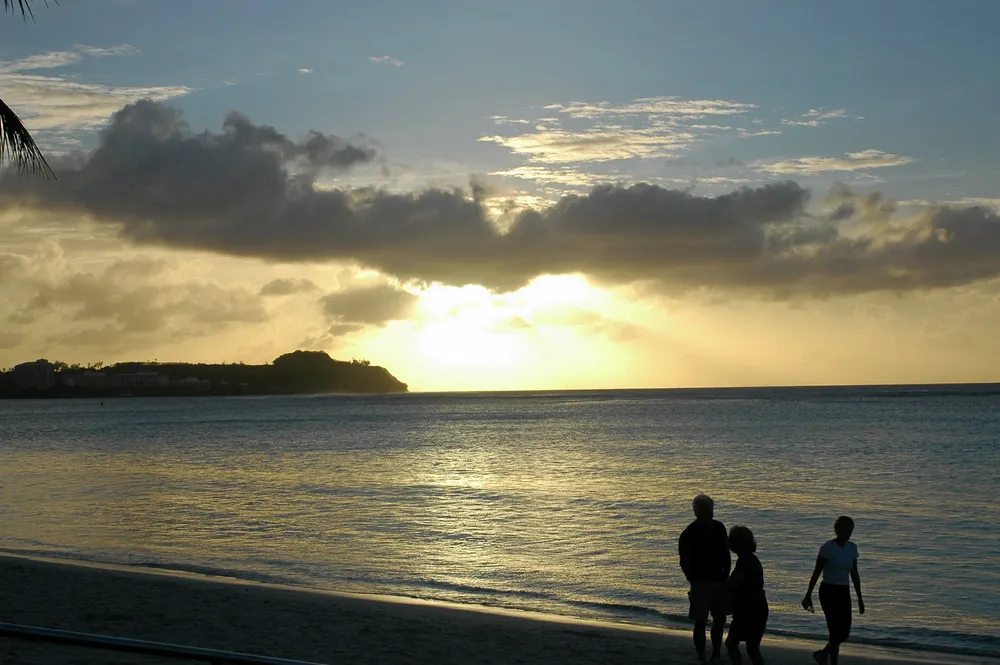Biden officials eye Pacific island paradise Guam for floating wind
Island of 120,000 residents targeting 100% clean energy by 2045 but development will face steep hurdles and uncertainty of Trump

In its dying weeks in office, President Joe Biden’s administration is eying offshore wind development in the US Western Pacific territory of Guam with the announcement of a 2.1 million-acre (8,498 sq. km) ‘call area’ surrounding the island to gauge commercial interest.
The tiny island of 120,000 residents is located some 5,800 miles (9,334km) west of the US mainland and 3,800 miles from Hawaii and is home to several military installations, including Andersen Air Force Base and Naval Base Guam.
The move is at the request of the local government, which is targeting 50% renewable energy power generation by 2035 and 100% by 2045.
“Responsible offshore wind development off Guam’s coast offers a vital opportunity to expand clean energy, cut carbon emissions, and reduce energy costs for Guam residents,” said Elizabeth Klein, director of federal coastal energy regulator Bureau of Ocean Energy Management (BOEM).
“We remain committed to tackling the climate crisis, achieving President Biden’s energy goals, and ensuring economic opportunities for all, including underserved communities,” she added.
Offshore wind development will rely on floating platforms in waters ranging in depths from 350-2,200 metres.
Biden ramp
Industry insiders are skeptical that the incoming Donald Trump administration will go forward with this ambitious schedule, however.
Trump is a noted industry critic who has vowed to stop development on day one of his next term starting 20 January.
Development on the island would also face serious logistical and technical hurdles, including its extreme distance from even Asia-Pacific markets such as Japan and Taiwan that would raise costs.
Water depths are likewise a challenge for the nascent floating wind sector that has so far been limited to 300-metres or less.